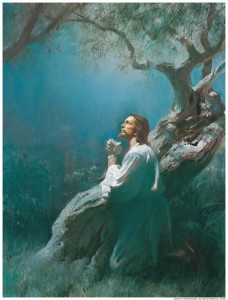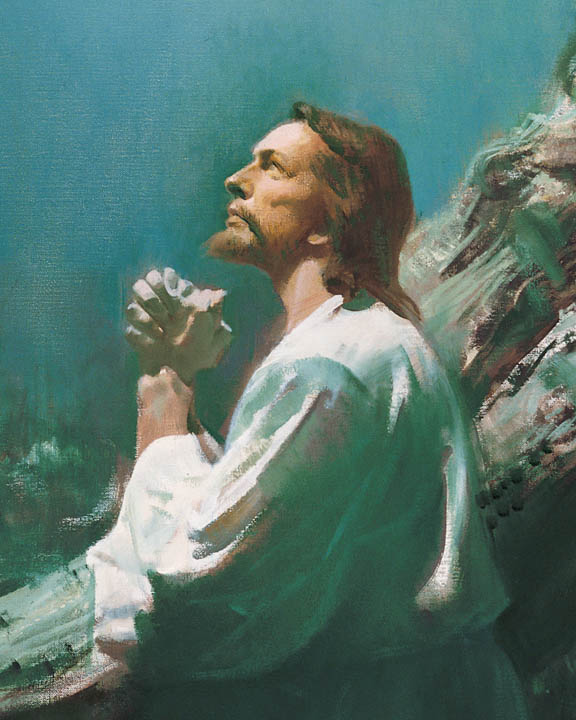The Garden of Gethsemane was a familiar place to Jesus Christ and His Apostles. We can see it was not the first time they had visited there by looking at John 18:1-2.
“WHEN Jesus had spoken these words, he went forth with his disciples over the brook Cedron, where was a garden, into the which he entered, and his disciples. And Judas also, which betrayed him, knew the place: for Jesus ofttimes resorted thither with his disciples.”
 Bruce R. McConkie, former latter-day apostle for the Church of Jesus Christ of Latter-day Saints (nicknamed the Mormon Church), made a powerful comment on Gethsemane and it’s significance for Jesus and the disciples.
Bruce R. McConkie, former latter-day apostle for the Church of Jesus Christ of Latter-day Saints (nicknamed the Mormon Church), made a powerful comment on Gethsemane and it’s significance for Jesus and the disciples.
“Two thousand years ago, outside Jerusalem’s walls, there was a pleasant garden spot, Gethsemane by name, where Jesus and his intimate friends were wont to retire for pondering and prayer.
There Jesus taught his disciples that the doctrines of the kingdom, and all of them communed with Him who is the Father of us all, in whose ministry they were engaged, and on whose errand they served.
This sacred spot, like Eden where Adam dwelt, like Sinai from whence Jehovah gave his laws, like Calvary where the Son of God gave his life a ransom for many, this holy ground is where the Sinless Son of the Everlasting Father took upon himself the sins of all men on condition of repentance” (Bruce R. McConkie, “The Purifying Power of Gethsemane“, Ensign, May 1985).
Before we move on into what Christ endured within the garden, I felt it was necessary to take a moment and try to understand the importance of this spot for the Lord. This was not some random place He picked out because it was secluded. This was a place he’d been to so many times before, a place of teaching, a place of pondering, a place of spiritual renewal.
“The word Gethsemane means ‘oil press.’ Situated on the lower half of Oliver, or the Mount of Olives, the Garden of Gethsemane was a lovely area and the site of the production of olive oil in ancient times” (Skinner, Andrew C., Gethsemane, Salt Lake City: Deseret Book, 2002, p.49).
There was an oil press in Gethsemane in the time of Christ, the remains of which can still be seen today. There is a symbolic significance to Jesus being here in the garden of the oil press. In this place olives were crushed to gain the precious oil. This oil played a prominent part in the culture of the day. It was used for cooking, medicine, anointing, lighting (think oil lamps), and other things.
In the same way our Lord and Savior was pressed and crushed by the illnesses, sins, and temptations of the world. The result of that horribly wonderful experience is similar to that of the olive oil: His sacrifice anoints, feeds, and heals broken hearts and souls. His sacrifice brings light and hope into our lives, hope that we will not live in sin for eternity.
Think for a moment about a place you like to go when you need to retreat from the pressures of the world. Even if you knew something hard would be required of you there, it would still be a place of refuge. The Garden of Gethsemane was such a spot for our Savior. It is not to be rembered with pain and sorrow. I like to think if the Savior had not died so soon after, He would have returned to the Garden, regarding it as even more sacred than before.


